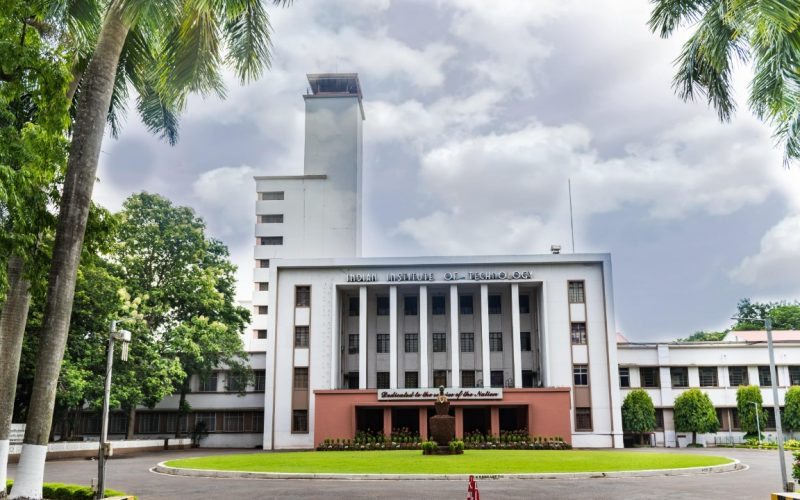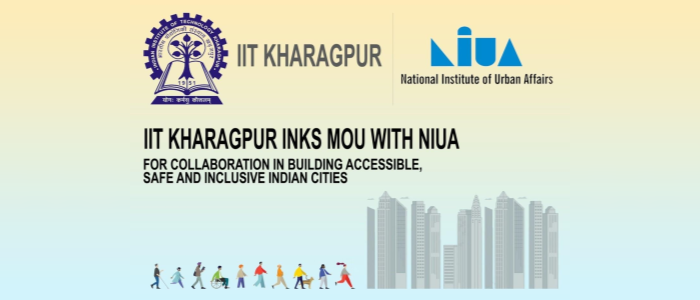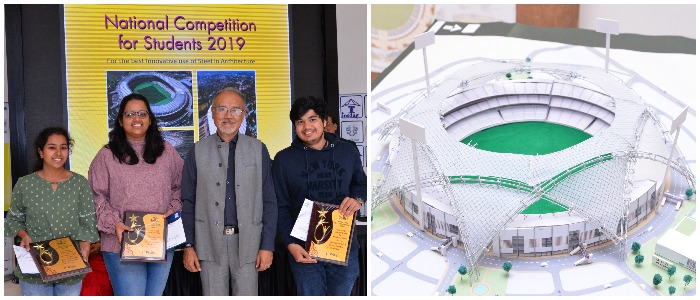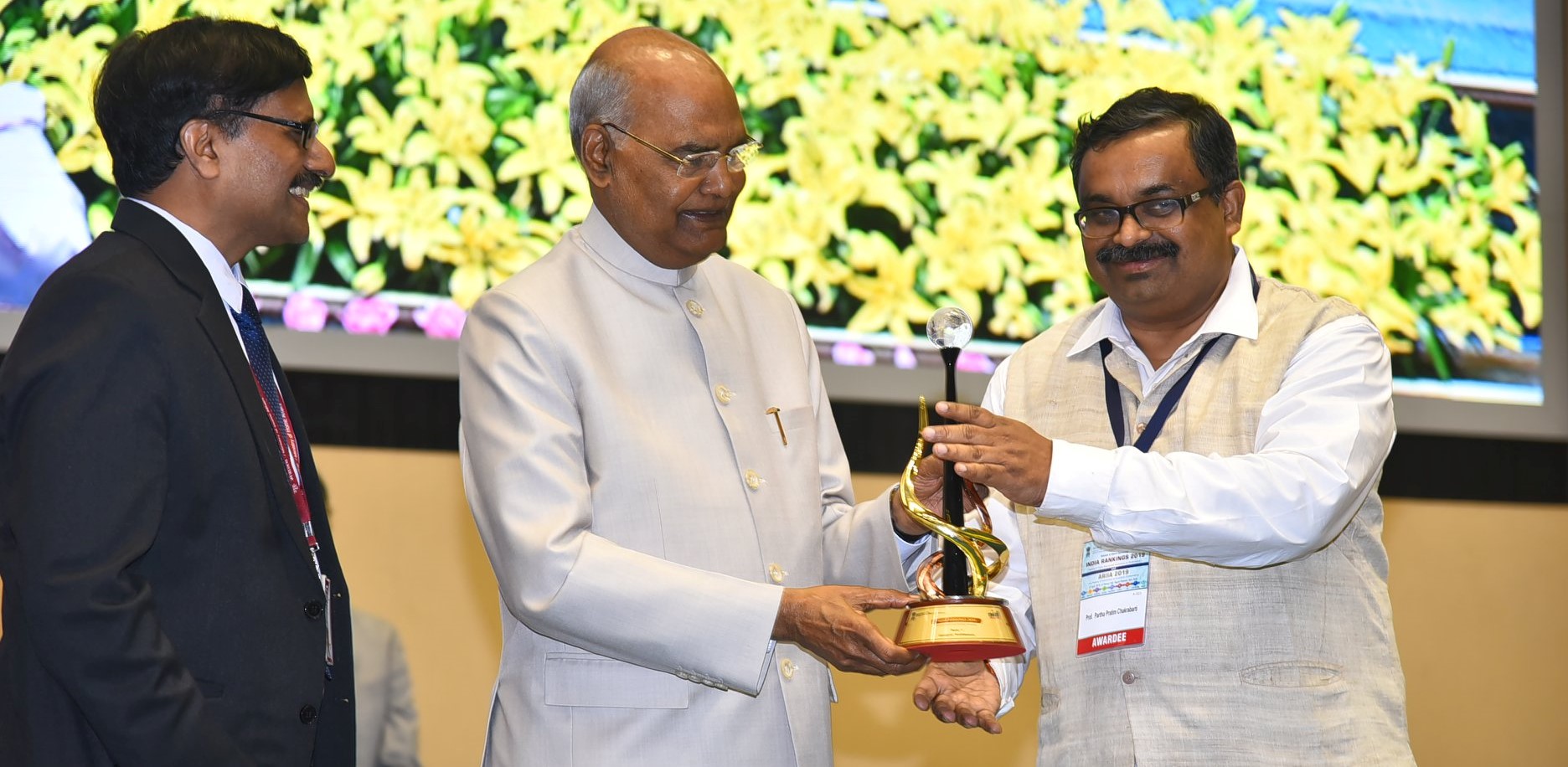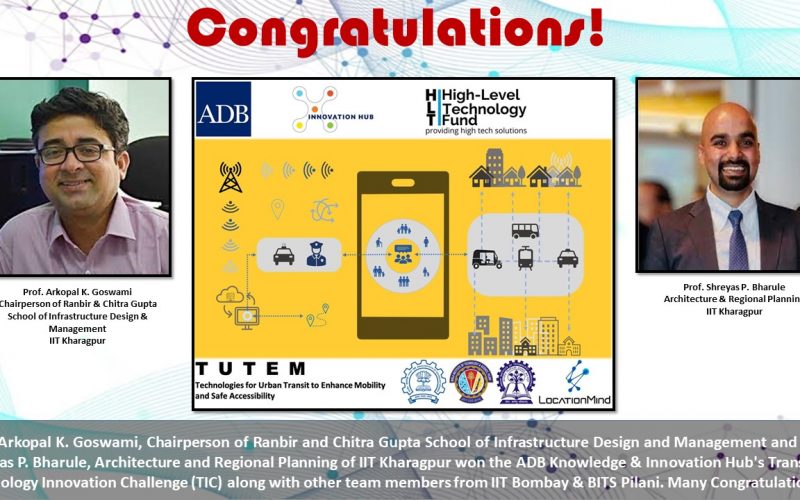
IIT Kharagpur wins at the ADB Knowledge & Innovation Hub’s Transport Technology Innovation Challenge
Technology Innovation Challenge Independent verification of the results Publications of lessons learned by all the parties Reference site and report for ADB and development member countries Recommendations for next steps to scale-up the proposed solutions, including for future ADB-funded projects Have a vision, plan and capability for future implementation/commercialization of the innovative technology solutions in DMCs A user-friendly interactive system through the Technologies for Urban Transit to Enhance Mobility and Safe Accessibility (TUTEM) project that aims to enhance the last-mile security & safety of transit passengers in Hyderabad by providing commuters with safe access enroute to transit stations through mobile…

